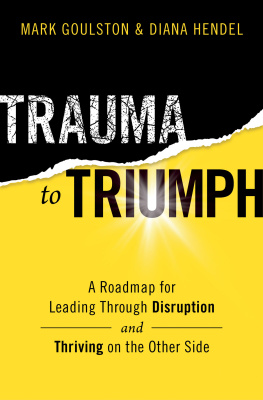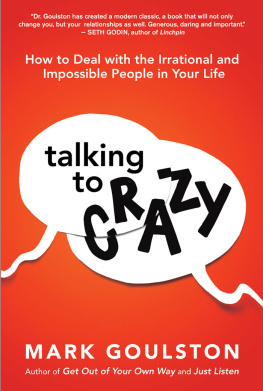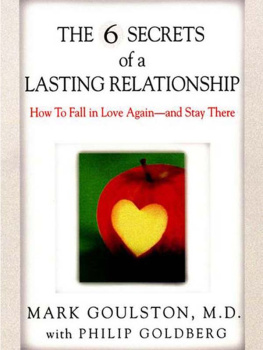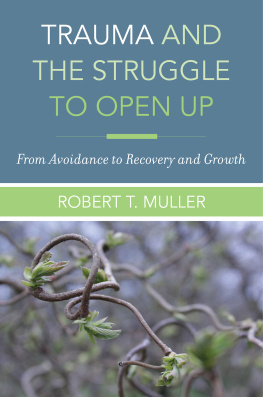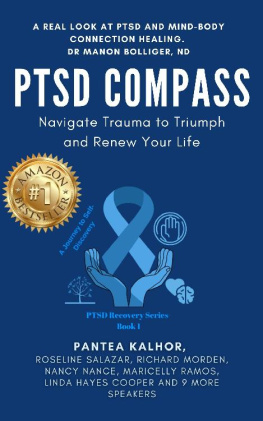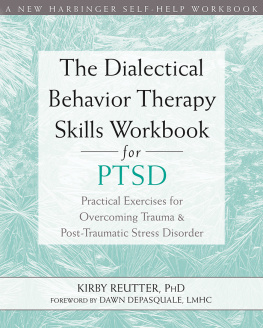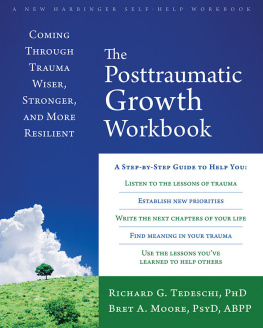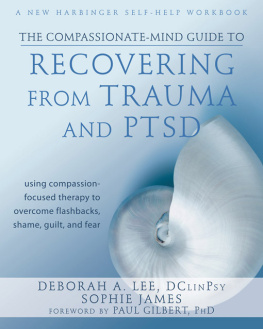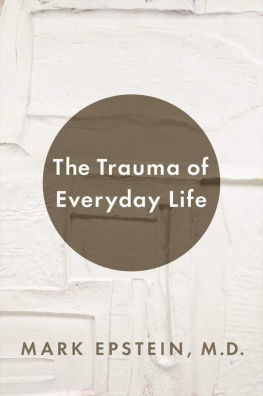Ebook Instructions
In this ebook edition, please use your devices note-taking function to record your thoughts wherever you see the bracketed instructions [Your Notes]. Use your devices highlighting function to record your response whenever you are asked to checkmark, circle, underline, or otherwise indicate your answer(s).
Information about External Hyperlinks in this ebook
Please note that the endnotes in this ebook may contain hyperlinks to external websites as part of bibliographic citations. These hyperlinks have not been activated by the publisher, who cannot verify the accuracy of these links beyond the date of publication
2021 Mark Goulston and Diana Hendel
All rights reserved. No portion of this book may be reproduced, stored in a retrieval system, or transmitted in any form or by any meanselectronic, mechanical, photocopy, recording, scanning, or otherexcept for brief quotations in critical reviews or articles, without the prior written permission of the publisher.
Published by HarperCollins Leadership, an imprint of HarperCollins Focus LLC.
Any internet addresses, phone numbers, or company or product information printed in this book are offered as a resource and are not intended in any way to be or to imply an endorsement by HarperCollins Leadership, nor does HarperCollins Leadership vouch for the existence, content, or services of these sites, phone numbers, companies, or products beyond the life of this book.
ISBN 978-1-4002-2838-6 (eBook)
ISBN 978-1-4002-2837-9 (PBK)
Epub Edition January 2021 9781400228386
Library of Congress Control Number: 2020952437
Printed in the United States of America
20 21 22 23 LSC 10 9 8 7 6 5 4 3 2 1
CONTENTS
Guide
W HATEVER YOUR INDUSTRY or role in your organization, theres no denying we are living in a time of incredible upheaval. Multiple events and forces are causing strife in the business world. The chaos were experiencing now has reached unprecedented levels.
First, of course, is the COVID-19 pandemic. As this book goes to press the virus is still raging across the world. As of mid-November 2020, nearly 11 million have contracted coronavirus and more than 250,000 have died from it in the United States alone. We are leading with COVID-19 because it feels like the epicenter of the quake. Other crises have happened too (and are unfolding as we write these words), and well get to those in a momentbut so many of the shakeups feel connected to the COVID-19 pandemic.
The pandemic has disrupted every industry. While some few have thrived (online shopping, digital content providers, grocery stores), others have suffered or are still suffering greatly (airlines, tourism, retail, construction, entertainment). Some of the hardest hit may, eventually, bounce back. Theres no way to know for sure. Certainly, many of them will never be the same.
Individual businesses have been impacted in numerous ways. Many had to temporarily close and furlough staff, and in many cases those employees never came back. Revenue is down everywhere. Cash flow shortages create major challenges for business owners. There have also been precipitous drops in customer loyalty, especially for brands not seen as essential. All of these have created major hardshipsand in many cases have been fatal for businesses.
In September 2020, CNBC shared some discouraging numbers from Yelps Economic Impact Report: As of August 31, 163,735 businesses have indicated on Yelp that they have closed, a 23 percent increase since mid-July. According to Yelp data, permanent closures have reached 97,966, representing 60 percent of closed businesses that wont be reopening.
Global supply chain disruptions have been severe. At the start of the pandemic there was a ripple effect across multiple industries. There were (and continue to be at the time of this writing) shortages of materials. This results in rising costs of supplies and has other negative impacts on businesses. Leaders must figure out how to transform supply chains in a way that reduces uncertainty and makes them more agile and resilient.
Consumer behavior has shifted dramatically. This makes sense when you consider that everything about our way of life has changed, from mandatory masks and social distancing to closures of venues like bars and gyms. In general, people are staying home more than they used to. Naturally all of this changes how people spend money (or dont).
For example (and not surprisingly) folks have turned to online shopping in droves. Plus, for a while there was a decline in discretionary spending, doubtless due both to falling incomes and crippled consumer confidence. When they do leave the house to shop or travel people seem to be sticking very close to home (and favoring companies that show they take safety seriously). They arent hanging around to browse and thus buy more.
All of this greatly impacts small businesses. The shutdowns dramatically lessened foot traffic, which stores and restaurants count on. Whats more, most small businesses run on super-tight margins and cant weather month after month of revenue shortfalls.
Companies have been forced to adapt quickly to consumer behavior changes. They have had to reimagine themselves and their products and make massive changes to their retail environments, their marketing, and more.
For instance, business owners and leaders have suddenly become very aware they must digitally transform in order to serve customers who expect a seamless digital experience. This was already happening, but COVID accelerated it. New consumer behaviors are requiring many businesses to completely overhaul their strategies. None of this is easy.
At the same time all of this has occurred, COVID has transformed the workplace. Think about all that has become routine that could scarcely have been imagined less than a year ago. Masks. Social distancing. New cleaning and sanitation routines. If you still go into an office, a brick and mortar store, or a restaurant (to name just a few) your work life looks very different.
Of course, thats a big if since many people are working remotely. If your business is one of the many that have gone virtual, you know the new setup changes the dynamics of interaction between employees and leaders. (Of course, as fate would have it, this massive change is happening when teams most need to up the teamwork and collaboration factors!) So much has to happen virtually and its a challenge for leaders to create engaging interactions over Zoom.
At the beginning of the pandemic, air travel was severely curtailed. (This is still the case to some extent, though the numbers of people flying have definitely picked up.) What this means for businesses is that conferences and learning have been disrupted. Selling is tougher when it cant happen face to face. Its hard to get dispersed teams together to collaborate. Many people are still afraid to get on a plane and companies are reluctant to insist on it for legal and ethical reasons.
Needless to say, the new way of working is tough on employees. Theres a lot of fear and anxiety around catching the virus when people have to come into a physical workplace. Those working remotely often have to deal with issues like homeschooling kids. And even if layoffs havent directly occurred in an organization, fear of them is palpable among the workforce. All of this can threaten productivity. It also forces leaders to lead in new ways and pay more attention to the mental and emotional health of their employees.
Employers are under pressure to learn all kinds of new things. As mentioned, weve been forced to rethink the way we lead. Also, weve had to master new processes and procedures for keeping employees and customers safe. What do you do when someone in your business gets sick? What are the rules and regulations around the CARES Act and other grants or loans that might be available? Last but not least are the legal obligations. Can you insist employees come to work (or travel) if they are uncomfortable with it? All this is stressful and time-consuming.

